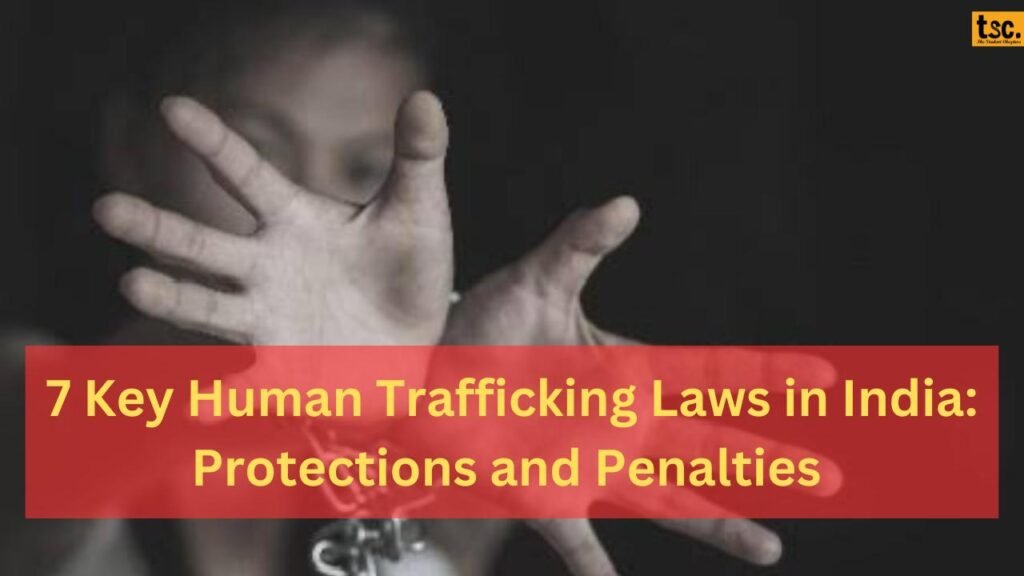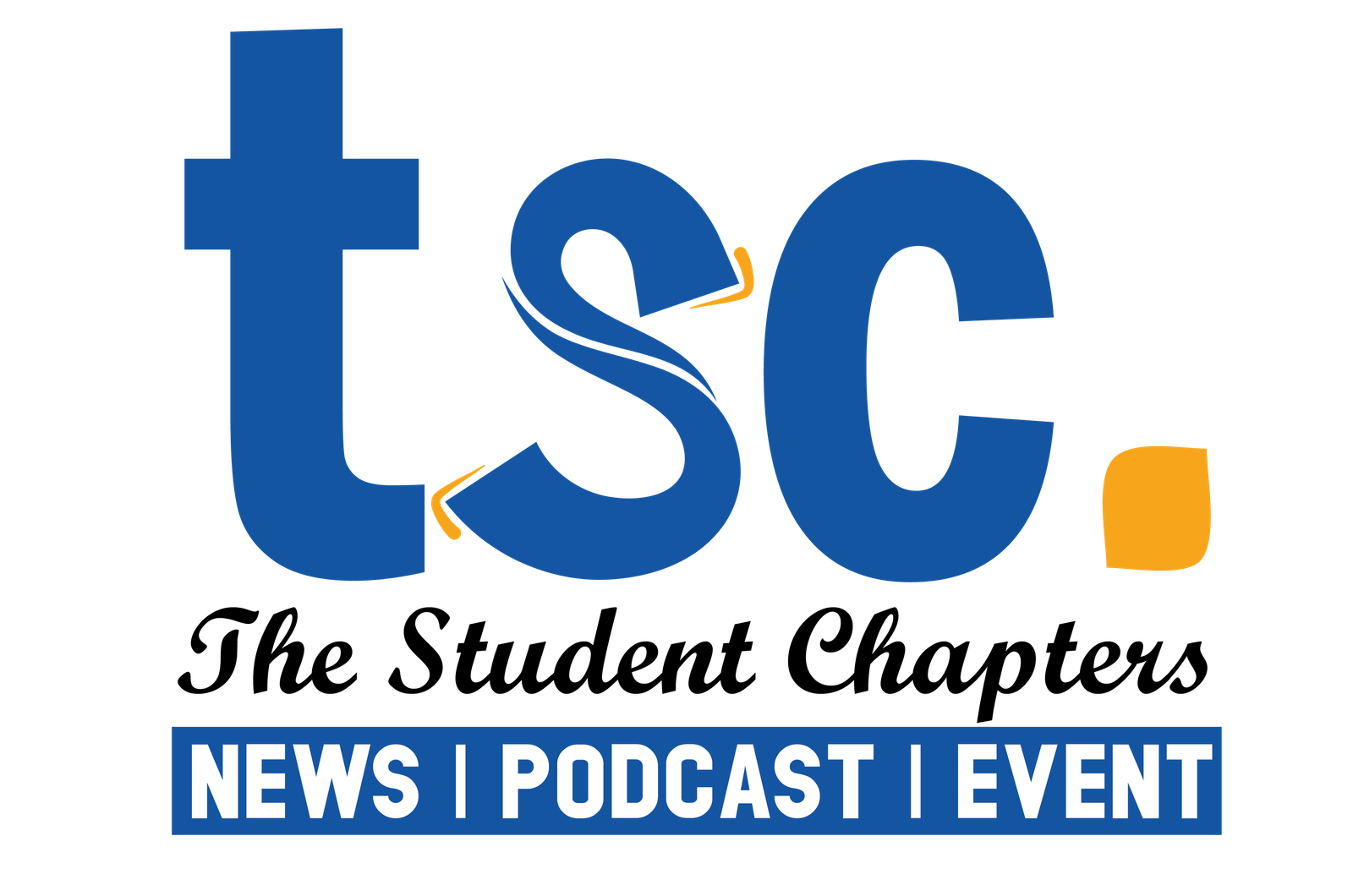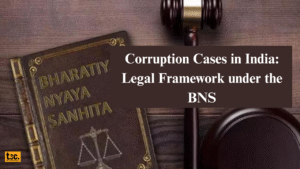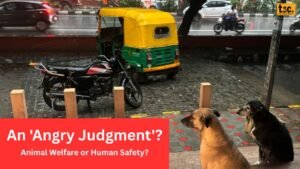7 Key Human Trafficking Laws in India: Protections and Penalties

- 7 Key Human Trafficking Laws in India: Protections and Penalties. In India, human trafficking is a profoundly troubling and serious crime. It is heavily regulated by a variety of laws designed to prevent exploitation, protect victims, and bring offenders to justice. The following outlines the key legislations and their provisions that address human trafficking in the country:
-
The Immoral Traffic (Prevention) Act, 1956 (ITPA)
– Main Objective: This foundational act was enacted with the primary aim of combating human trafficking, particularly focused on preventing commercial sexual exploitation and other forms of exploitation that victimize vulnerable populations.
– Key Provisions:
- Section 5:. Strictly penalizes the act of trafficking women and children for the purpose of prostitution, thereby targeting the root of sex trafficking.
- Section 6:. Imposes criminal liability on individuals who exploit trafficked persons by coercing them into prostitution or other exploitative activities.
- Section 7:. Criminalizes the actions of individuals who manage or run brothels, as well as those who serve as pimps or agents, acknowledging the systemic nature of trafficking.
- Section 8:. Establishes penalties for those who derive financial benefit from the earnings of prostitution, aiming to eliminate the profit motive behind trafficking.
- Section 13:. Introduces provisions for the rescue and rehabilitation of women and children discovered in situations of prostitution, focusing on their reintegration into society.
-
Bharatiya Nyaya Sanhita (BNS)
– Sections 143: These sections are critical in the legal framework combating human trafficking: Defines and criminalizes the trafficking of individuals for various forms of exploitation—be it forced labor, sexual exploitation, or any other degrading treatment—and prescribes severe penalties for offenders. Specifically targets the trafficking of minors and other vulnerable persons, punishable for arranging their exploitation, thereby prioritizing the protection of children in adverse situations.
-
The Protection of Children from Sexual Offences Act, 2012 (POCSO)
– Main Objective: Although primarily addressing sexual offenses against minors, this law is instrumental in the fight against child trafficking, aiming to create a protective framework around children.
– Key Provisions: It establishes stringent penalties for those exploiting children for sexual activities, ensuring that offenders face severe consequences. It mandates a child-friendly judicial process, which helps facilitate victim testimony and ensures a supportive environment during prosecutions.
-
The Juvenile Justice (Care and Protection of Children) Act, 2015
– Main Objective: This act addresses the needs of children who have fallen victim to trafficking, emphasizing their treatment and rehabilitation.
– Key Provisions: – It ensures comprehensive care and protection for trafficked children. It also facilitates their rehabilitation and rejoining with their families or society. It outlines specific procedures for effectively identifying, rescuing, and rehabilitating children who have been trafficked, ensuring their rights are upheld throughout the process.
-
The Criminal Law (Amendment) Act, 2013
– The government introduced this act after the high-profile Nirbhaya case. Thus, it highlights the need for stronger protections against crimes targeting women, including trafficking.
– It focuses on safeguarding women from all forms of sexual exploitation, which often intersects with human trafficking practices.
-
The National Human Trafficking Resource Portal (NHTRP)
– This innovative online platform, established by the Ministry of Home Affairs, serves as a vital resource for tracking and monitoring human trafficking cases across India.
– Not only does it provide essential data for law enforcement agencies and NGOs, but it also serves to raise awareness among the public about human trafficking issues.
-
The Anti-Trafficking Bill (Draft Bill 2021)
– The Indian Government is actively working on introducing a more comprehensive Anti-Trafficking Bill. This proposed legislation aims to enhance coordination among various governmental and non-governmental agencies in the battle against human trafficking for forced labor, sexual exploitation, and even organ trade.
– The bill seeks to establish stronger penalties and support systems for victims.
-
The Bonded Labour System (Abolition) Act, 1976
– This law primarily abolishes bonded labor and also targets trafficking by preventing forced labor under exploitative conditions.
– The act mandates the rehabilitation of bonded laborers and outlines punitive measures for employers who engage in such exploitative practices.
Key Agencies and Measures:
– Anti-Human Trafficking Units (AHTUs):
The Ministry of Home Affairs has set up specialized units to monitor and combat human trafficking activities across the country, dedicating resources to this critical issue.
– Rescue and Rehabilitation Efforts:
Numerous NGOs and government organizations play an essential role in rescuing trafficked individuals and providing rehabilitation services. This often include shelter homes, counseling, and vocational training, enabling victims to rebuild their lives.
India is persistently striving to enhance its legal framework and enforcement mechanisms in the ongoing battle against human trafficking. Thus, this is compounded by cross-border dynamics and organized crime networks.
Challenges:
– Despite the comprehensive legal frameworks, significant challenges remain in effective enforcement, public awareness, and the prevalence of organized crime syndicates that hinder anti-trafficking efforts.
– Mostly, Victims of trafficking often lack awareness of their rights and may refrain from seeking help. Hence, due to fear, cultural barriers, or insufficient access to legal and social resource, they refrain themselves.
Thus, the Indian government, along with various NGOs, law enforcement agencies, and international organizations, actively works to improve the situation. This includes initiatives like enhancing law enforcement capabilities, public awareness campaigns, and expanding victim support services to offer comprehensive assistance to those affected by trafficking.
Stay tuned on our website as if any official information pops up then we will update you in minutes! If you want all the latest updates on time then join our student community on WhatsApp!
Choose the right career yourself by booking personal guidance from professionals on Mytagapp.com









